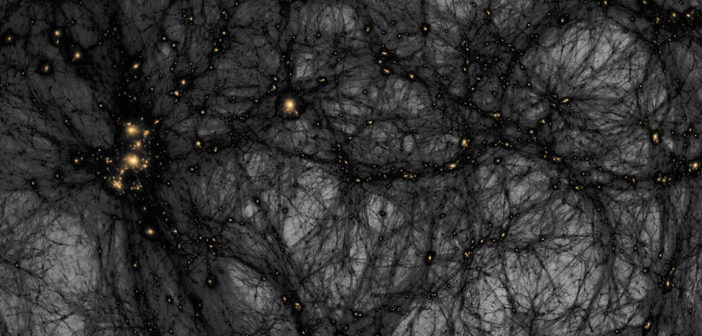Can Radio Telescopes Find Axions?
http://aasnova.org/2017/08/16/can-radio-telescopes-find-axions/
In the search for dark matter, the most commonly accepted candidates are invisible, massive particles commonly referred to as WIMPs. But as time
passes and we still haven’t detected WIMPs, alternative scenarios are becoming more and more appealing. Prime among these is the idea of axions.
Axions are a type of particle first proposed in the late 1970s. These theorized particles arose from a new symmetry introduced to solve ongoing
problems with the standard model for particle physics, and they were initially predicted to have more than a keV in mass. For this reason, their
existence was expected to be quickly confirmed by particle-detector experiments — yet no detections were made.
Today, after many unsuccessful searches, experiments and theory tell us that if axions exist, their masses must lie between 10-6–10-3 eV. This is
minuscule — an electron’s mass is around 500,000 eV, and even neutrinos are on the scale of a tenth of an eV!
But enough of anything, even something very low-mass, can weigh a lot. If they are real, then axions were likely created in abundance during the
Big Bang — and unlike heavier particles, they can’t decay into anything lighter, so we would expect them all to still be around today. Our universe
could therefore be filled with invisible axions, potentially providing an explanation for dark matter in the form of many, many tiny particles.
